Help Explore Your Own Solar Neighborhood
Help Explore Your Own Solar Neighborhood
We’re always making amazing discoveries about the farthest reaches of our universe, but there’s also plenty of unexplored territory much closer to home.

Our “Backyard Worlds: Planet 9” is a citizen science project that asks curious people like you — yes, you there! — to help us spot objects in the area around our own solar system like brown dwarfs. You could even help us figure out if our solar system hosts a mysterious Planet 9!

In 2009, we launched the Wide-field Infrared Survey Explorer (WISE). Infrared radiation is a form of light that humans can’t see, but WISE could. It scans the sky for infrared light, looking for galaxies, stars and asteroids. Later on, scientists started using it to search for near-Earth objects (NEOWISE) like comets and asteroids.

These searches have already turned up so much data that researchers have trouble hunting through all of it. They can’t do it on their own. That’s why we asked everyone to chip in. If you join Backyard Worlds: Planet 9, you’ll learn how to look at noisy images of space and spot previously unidentified objects.
You’ll figure out how to tell the difference between real objects, like planets and stars, and artifacts. Artifacts are blurry blobs of light that got scattered around in WISE’s instruments while it was looking at the sky. These “optical ghosts” sometimes look like real objects.

Why can’t we use computers to do this, you ask? Well, computers are good at lots of things, like crunching numbers. But when it comes to recognizing when something’s a ghostly artifact and when it’s a real object, humans beat software all the time. After some practice, you’ll be able to recognize which objects are real and which aren’t just by watching them move!

One of the things our citizen scientists look for are brown dwarfs, which are balls of gas too big to be planets and too small to be stars. These objects are some of our nearest neighbors, and scientists think there’s probably a bunch of them floating around nearby, we just haven’t been able to find all of them yet.
But since Backyard Worlds launched on February 15, 2016, our volunteers have spotted 432 candidate brown dwarfs. We’ve been able to follow up 20 of these with ground-based telescopes so far, and 17 have turned out to be real!

Image Credit: Ryan Trainor, Franklin and Marshall College
How do we know for sure that we’ve spotted actual, bona fide, authentic brown dwarfs? Well, like with any discovery in science, we followed up with more observation. Our team gets time on ground-based observatories like the InfraRed Telescope Facility in Hawaii, the Magellan Telescope in Chile (pictured above) and the Apache Point Observatory in New Mexico and takes a closer look at our candidates. And sure enough, our participants found 17 brown dwarfs!

But we’re not done! There’s still lots of data to go through. In particular, we want your help looking for a potential addition to our solar system’s census: Planet 9. Some scientists think it’s circling somewhere out there past Pluto. No one has seen anything yet, but it could be you! Or drop by and contribute to our other citizen science projects like Disk Detective.
Congratulations to the citizen scientists who spotted these 17 brown dwarfs: Dan Caselden, Rosa Castro, Guillaume Colin, Sam Deen, Bob Fletcher, Sam Goodman, Les Hamlet, Khasan Mokaev, Jörg Schümann and Tamara Stajic.
Make sure to follow us on Tumblr for your regular dose of space: http://nasa.tumblr.com.
More Posts from In-pursuit-of-knowledge-blog and Others
Highlights From This Semester’s Cultural Anthropology class
“So, like the dolphin, what you really want to do is maximise the fish returns on your dead seagull investment.”
“Don’t forget, breakfast is never just breakfast. Your avocado is never just an avocado.”
All the best stories start with “so I was hanging around with some Armenians in Moscow…”
‘How to not get arrested during field work’ is a vital anthropologist skill.
“Once you create a state it’s really hard to get rid of.”
Accusations of witchcraft roll downhill.
“You don’t want a continual pattern of recessions and depressions, because then your citizens start reading Marx, and you don’t want your citizens reading Marx, because then bad things happen to you.”
Professor: “And what did Columbus bring with him when he set off to sail to India?” Student: “Diseases?”
Good luck on your exams everyone, we’ve almost made it!
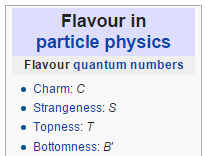
i want to play an rpg where these are my four stats
yes and that’s a happy fact


erasermic.png
Giving the survival mechanisms of animals to plants! It nears apotheosis!

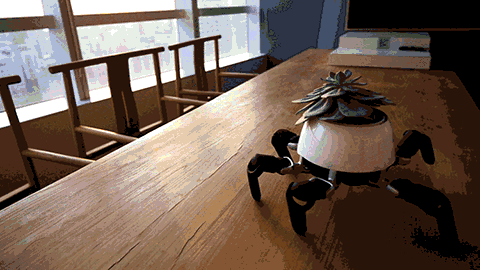
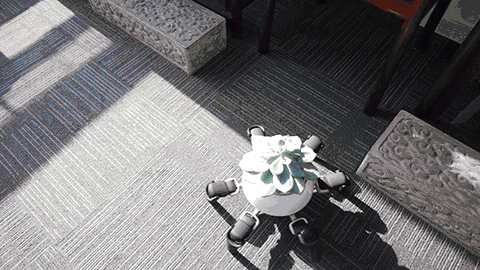
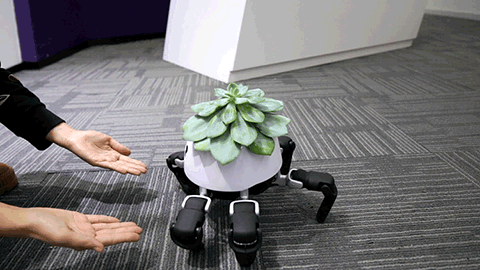
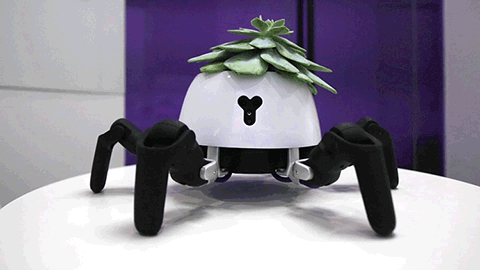
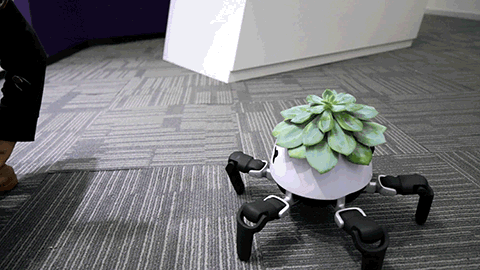
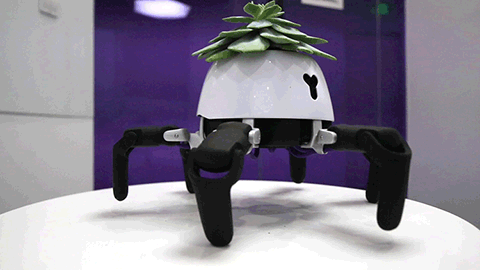
This adorable little robot is designed to make sure its photosynthesising passenger is well taken care of. It moves towards brighter light if it needs, or hides in the shade to keep cool. When in the light, it rotates to make sure the plant gets plenty of light. It even likes to play with humans.
Oh, and apparently, it gets antsy when it’s thirsty.
The robot is actually an art project called “Sharing Human Technology with Plants” by a roboticist named Sun Tianqi. It’s made from a modified version of a Vincross HEXA robot, and in his own words, it’s purpose is “to explore the relationship between living beings and robots.”
I don’t care if it’s silly. I want one.
Ave Imperator! We who are about to nap salute you!












When you’re an umbrella jelly but you can never be dry 😓
But they never stop trying 💪
Two Steps Forward in the Search for Life on Mars
We haven’t found aliens but we are a little further along in our search for life on Mars thanks to two recent discoveries from our Curiosity Rover.

We detected organic molecules at the harsh surface of Mars! And what’s important about this is we now have a lot more certainty that there’s organic molecules preserved at the surface of Mars. We didn’t know that before.
One of the discoveries is we found organic molecules just beneath the surface of Mars in 3 billion-year-old sedimentary rocks.

Second, we’ve found seasonal variations in methane levels in the atmosphere over 3 Mars years (nearly 6 Earth years). These two discoveries increase the chances that the record of habitability and potential life has been preserved on the Red Planet despite extremely harsh conditions on the surface.

Both discoveries were made by our chem lab that rides aboard the Curiosity rover on Mars.

Here’s an image from when we installed the SAM lab on the rover. SAM stands for “Sample Analysis at Mars” and SAM did two things on Mars for this discovery.
One - it tested Martian rocks. After the arm selects a sample of pulverized rock, it heats up that sample and sends that gas into the chamber, where the electron stream breaks up the chemicals so they can be analyzed.
What SAM found are fragments of large organic molecules preserved in ancient rocks which we think come from the bottom of an ancient Martian lake. These organic molecules are made up of carbon and hydrogen, and can include other elements like nitrogen and oxygen. That’s a possible indicator of ancient life…although non-biological processes can make organic molecules, too.
The other action SAM did was ‘sniff’ the air.

When it did that, it detected methane in the air. And for the first time, we saw a repeatable pattern of methane in the Martian atmosphere. The methane peaked in the warm, summer months, and then dropped in the cooler, winter months.

On Earth, 90 percent of methane is produced by biology, so we have to consider the possibility that Martian methane could be produced by life under the surface. But it also could be produced by non-biological sources. Right now, we don’t know, so we need to keep studying the Mars!

One of our upcoming Martian missions is the InSight lander. InSight, short for Interior Exploration using Seismic Investigations, Geodesy and Heat Transport, is a Mars lander designed to give the Red Planet its first thorough checkup since it formed 4.5 billion years ago. It is the first outer space robotic explorer to study in-depth the “inner space” of Mars: its crust, mantle, and core.
Finding methane in the atmosphere and ancient carbon preserved on the surface gives scientists confidence that our Mars 2020 rover and ESA’s (European Space Agency’s) ExoMars rover will find even more organics, both on the surface and in the shallow subsurface.
Read the full release on today’s announcement HERE.
Make sure to follow us on Tumblr for your regular dose of space: http://nasa.tumblr.com.
Today's Men Carry Traces of Ancient Wars in Their Genes

Modern men’s genes suggest that something peculiar happened 5,000 to 7,000 years ago: Most of the male population across Asia, Europe and Africa seems to have died off, leaving behind just one man for every 17 women.
This so-called population “bottleneck” was first proposed in 2015, and since then, researchers have been trying to figure out what could’ve caused it. One hypothesis held that the drop-off in the male population occurred due to ecological or climatic factors that mainly affected male offspring, while another idea suggested that the die-off happened because some males had more power in society, and thus produced more children.
Now, a new paper, published May 25 in the journal Nature Communications, offers yet another explanation: People living in patrilineal clans (consisting of males from the same descent) might have fought with each other, wiping out entire male lineages at a time. Read more.
I remembering being at the Monterey aquarium a few times and I recall it's repurposed from a cannery. Does the aquarium have a book of the building's history? I'd love to buy it and read up on the local history.
It’s true! The Aquarium stands on the site of the former Hovden and Sea Pride canneries. Here’s a brief history of the Aquarium. For a longer read, this book delves into the history of Monterey Bay, including the Aquarium!
The canneries are an important part of Monterey Bay history and you can find tributes to them throughout the Aquarium, including the smokestacks on the roof and the boiler exhibit in the atrium.

The smokestacks! They’re now sealed and primarily used as a perch by peregrine falcons searching for prey.

Restored boilers—fish would be cooked in these as part of the canning process.

Old Hovden Cannery building as seen from Hopkins Beach in the late 60′s. (📷: Mark Silberstein)

Same spot today! The Aquarium building incorporates some of the original structures and style of the canneries. You can read more about the architectural design of the Aquarium here.
The Languages of Iran

Just by looking at this map of Iran’s spoken languages, you can tell it has a long history of immigrations, migrations, and conquests. Pretty neat!
-
 racxnteur liked this · 10 months ago
racxnteur liked this · 10 months ago -
 veraamber reblogged this · 10 months ago
veraamber reblogged this · 10 months ago -
 jorgiop liked this · 3 years ago
jorgiop liked this · 3 years ago -
 themongosianhorse liked this · 3 years ago
themongosianhorse liked this · 3 years ago
Once I was made of stardust. Now I am made of flesh and I can experience our agreed-upon reality and said reality is exciting and beautiful and terrifying and full of interesting things to compile on a blog! / 27 / ENTP / they-them / Divination Wizard / B.E.y.O.N.D. department of Research and Development / scientist / science enthusiast / [fantasyd20 character]
162 posts